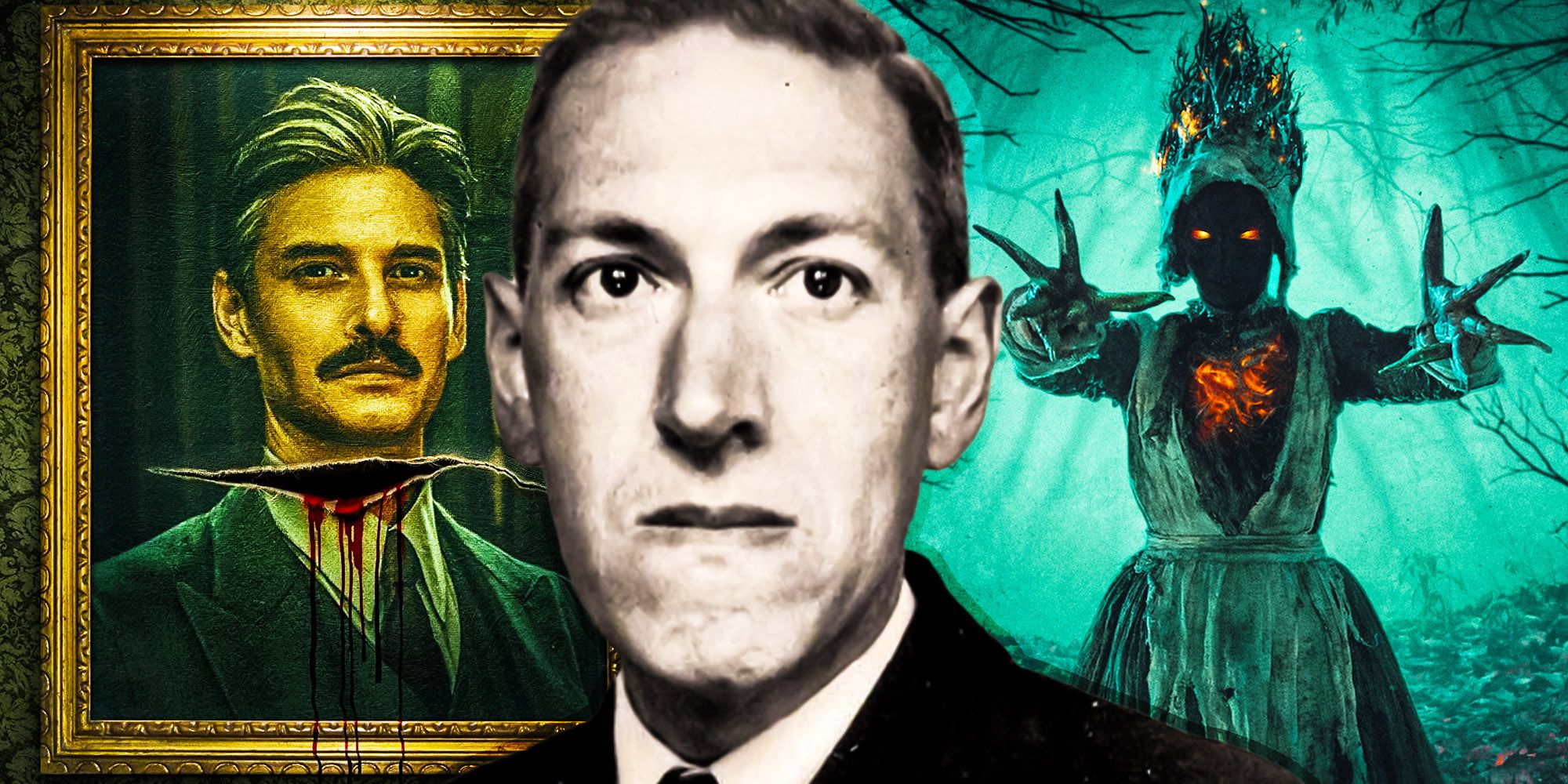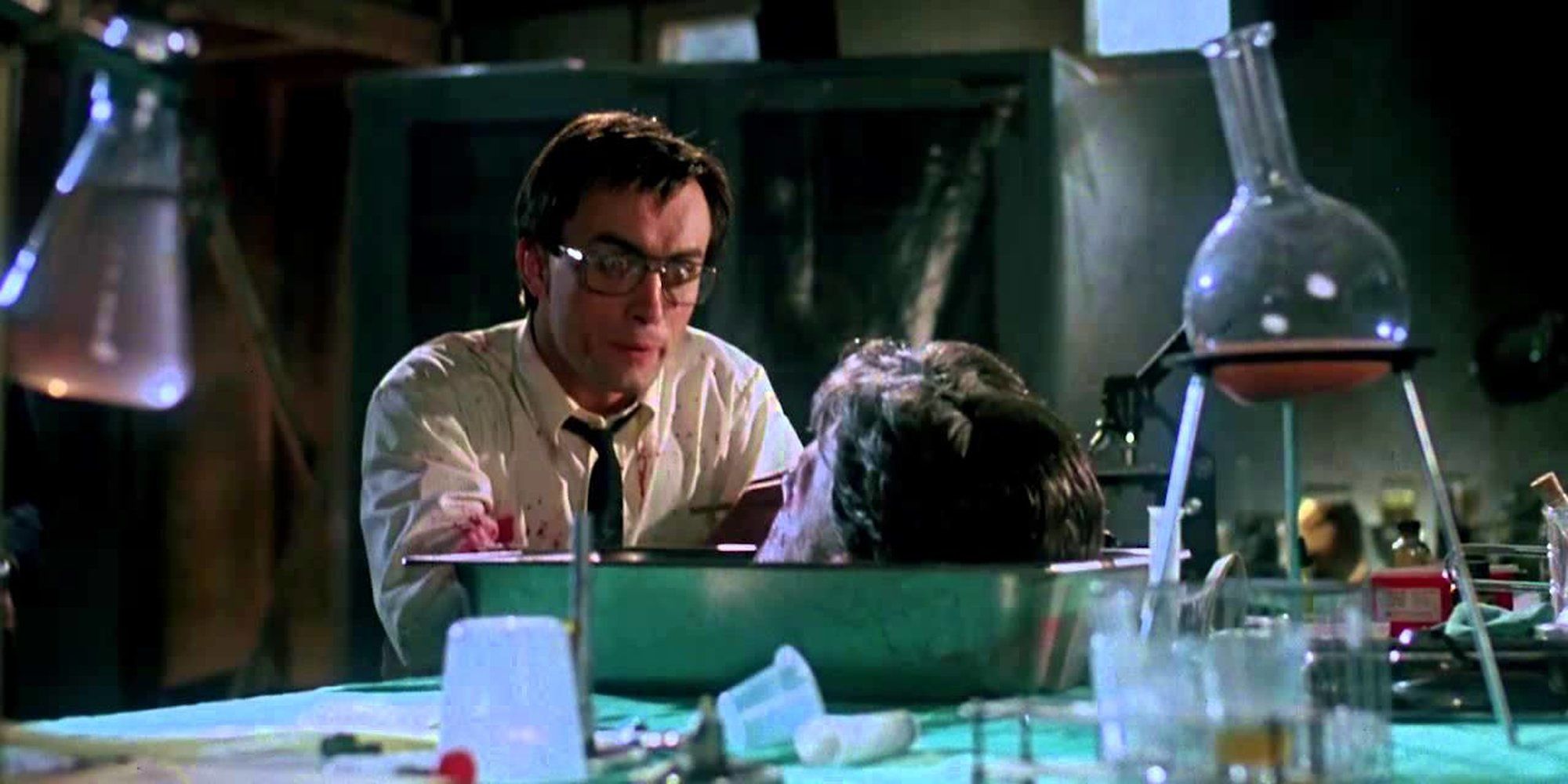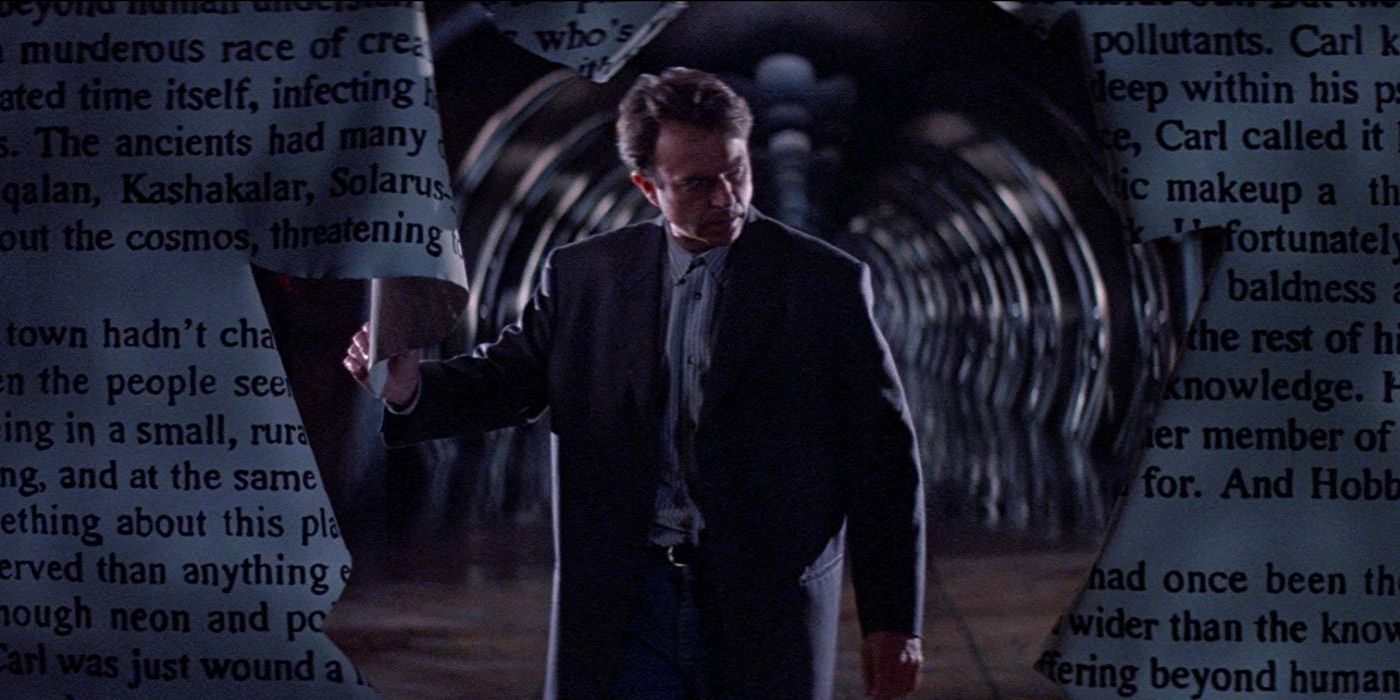Guillermo del Toro's Cabinet Of Curiosities adapts two of H.P. Lovecraft's stories, and sadly, both highlight the problems with bringing his work to life. Lovecraft is one of horror fiction's most renowned authors, and his "cosmic horror" and monster creations such as Cthulhu have seen his work endure decades after his passing. In life, Lovecraft was something of a misanthrope who expressed racist and anti-Semitic views in much of his writing, while women rarely played a prominent role. The power of his fiction can't be denied, however, and his best works are bleak, claustrophobic tales that position humanity very low on the cosmic totem pole.
Netflix anthology Cabinet Of Curiosities adapted Lovecraft's short stories "Pickman's Model" and "The Dreams in the Witch House." Both episodes had to significantly expand on the source material, with the former giving its protagonist a wife and child, while the latter invented a sibling relationship to give it an emotionality that wasn't in Lovecraft's text. Often the power of the author's monsters came from readers' own imaginations, but both outings depict their titular monsters onscreen - which reduces their impact. In adapting Lovecraft, both episodes had to fundamentally alter Lovecraft's work to make the episodes more palatable, which ironically just robbed them of their intended creepiness.
The Trouble With Live-Action Lovecraft Movies
Both of these Cabinet Of Curiosities episodes are handsomely mounted and feature great casts, but they fail to truly scare. They also underline the issue nearly every Lovecraft movie or TV show has faced. Lovecraft would have been the first to admit he was a bad writer when it came to depicting "regular" people, and there's often a lack of warmth or rich characterization in his stories. This can be forgiven on the page, but in live-action, it makes it difficult to relate to his protagonists. Director Stuart Gordon adapted several Lovecraft tales such as Re-Animator and From Beyond, and injected both with gory dark comedy to make them more enjoyable.
Gordon's films are some of the best Lovecraft adaptations, with his 2005 take on "Dreams In The Witch House" for Masters Of Horror offering a darker, more faithful take. Lovecraft purists still take issue with Stuart Gordon's Lovecraft adaptations and his changes to the material, with none truly capturing the pervading dread of the author's fiction - a critique that allows not just to Gordon's work. The same can be said with live-action depictions of his monsters. Lovecraft's conceit of his creatures being essentially "indescribable" converged all sorts of images on the page, but films and TV shows such as Color Out Of Space had to show something.
In The Mouth Of Madness Is The Best Lovecraft Film
On that note, while John Carpenter's In The Mouth Of Madness isn't a direct Lovecraft adaptation, it's arguably the best film take on his work. It acts as a potpourri of the writer's themes and concerns, being told in flashback as Sam Neill's investigator seeks to find an author whose fiction can literally alter the world. It features takes on "Pickman's Model" in the form of an ever-shifting painting or the titles of Sutter Cane's novels, such as The Whisperer Of The Dark mimicking Lovecraft's The Whisperer In Darkness. More than anything, In The Mouth Of Madness captures the feel of Lovecraft.
Neill's cynical lead makes for a likable protagonist, but his air of intellectual arrogance - possibly mirroring Lovecraft's own, in some respects - proves his undoing. It even solves the issue with showing Lovecraft's monsters onscreen, for a terrifying chase down a tunnel involving various slimy beasts is shown in rapid, hard-to-decipher images that add to the terror. The very elements that make Lovecraft's work so compelling on paper are ones that make them hard to show in live-action. Cabinet Of Curiosities made two noble attempts with talented filmmakers but still couldn't capture the necessary nightmarish tone.



